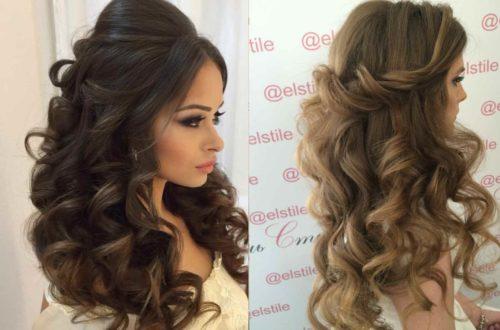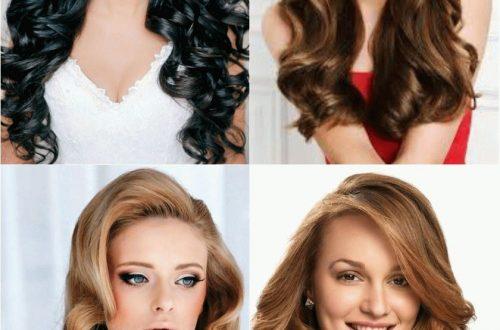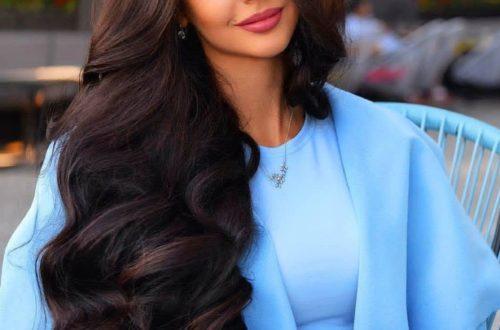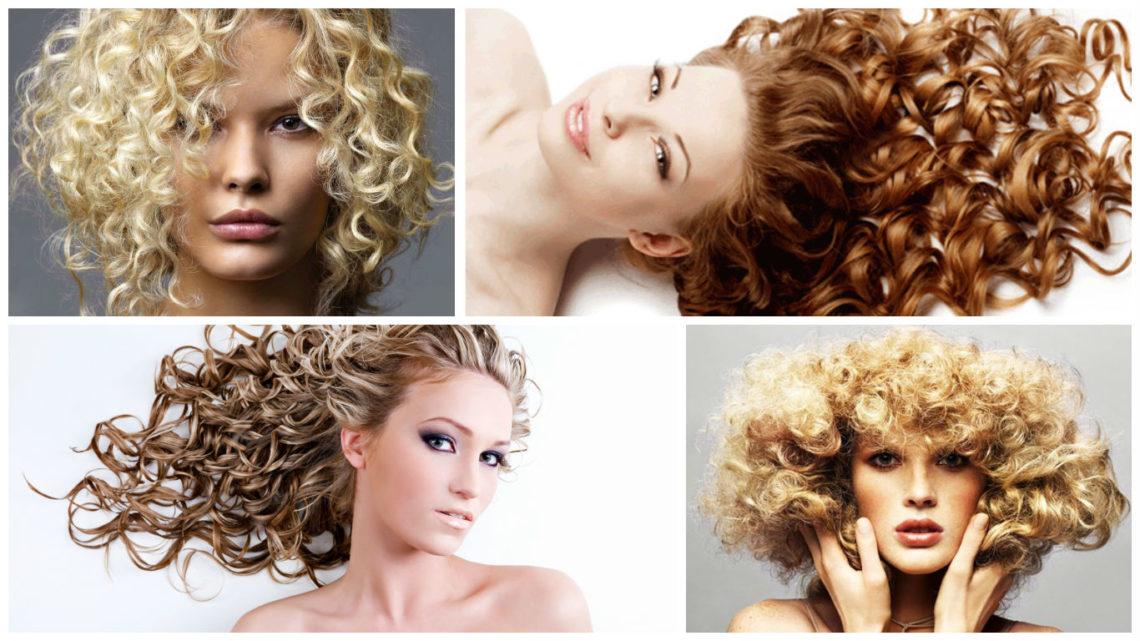
Hair biowaving
Every woman wants to be beautiful, personable and well-groomed. Thanks to constant updates in the world of aesthetic beauty, hairdressers will be able to offer a universal procedure for biowaving hair. This is one of the best options that can suit almost any type and shape of a face, for a woman's age, will help to hide what is unnecessary or, on the contrary, to emphasize what is needed.
Content:
Biowave without harm to hair

Bio-curling for hair is a curling of straight or slightly curly hair using a special composition that does not contain aggressive substances. Such products do not have a completely natural composition, but nevertheless they will not be able to spoil the hair as the perm does.

Biowave is harmful or not
One of the most serious problems associated with biowaving is individual intolerance to the components to which a woman can only find out the reaction during the procedure. This happens extremely rarely, but it does take place, so before the procedure it is worth knowing about such an outcome.

After the procedure, the following may also be observed:
- Dry hair;
- Increased fragility;
- Sometimes hair loss;
- Hair stiffness and tangled hair;
- Unevenness of subsequent staining.
What does biowave look like without styling
Biowave without styling will look neat and feminine. This is one of the most important properties of biowave, when the hair, like a spring, always returns to its original state. But sometimes after sleeping, it may be necessary to comb the curls, as they will be slightly bent. Here it will definitely depend on the stiffness and density of the hair itself.

Biowave with bangs
Quite a popular version of the hairstyle, in which the bangs are also subjected to the biowave procedure. At the same time, the bangs itself can be absolutely anything, except too short, otherwise it will simply stick out. It is worth making a reservation right away that in this case the hairstyle will require careful styling, otherwise the bangs will puff up.
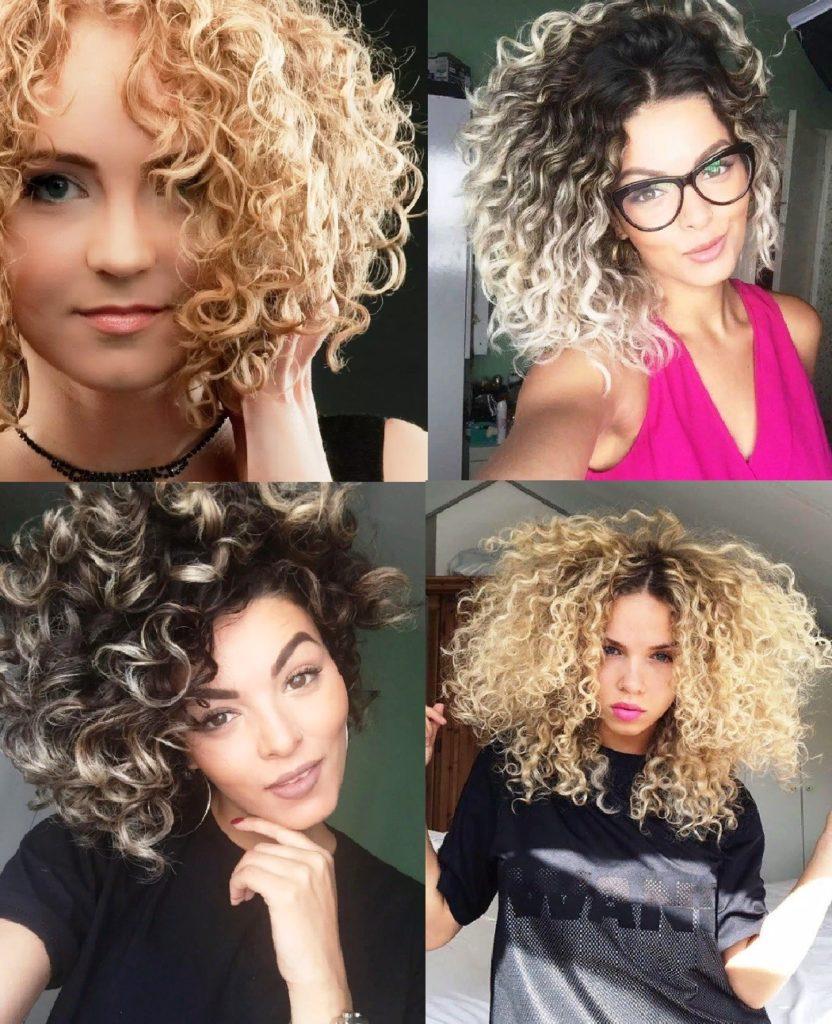
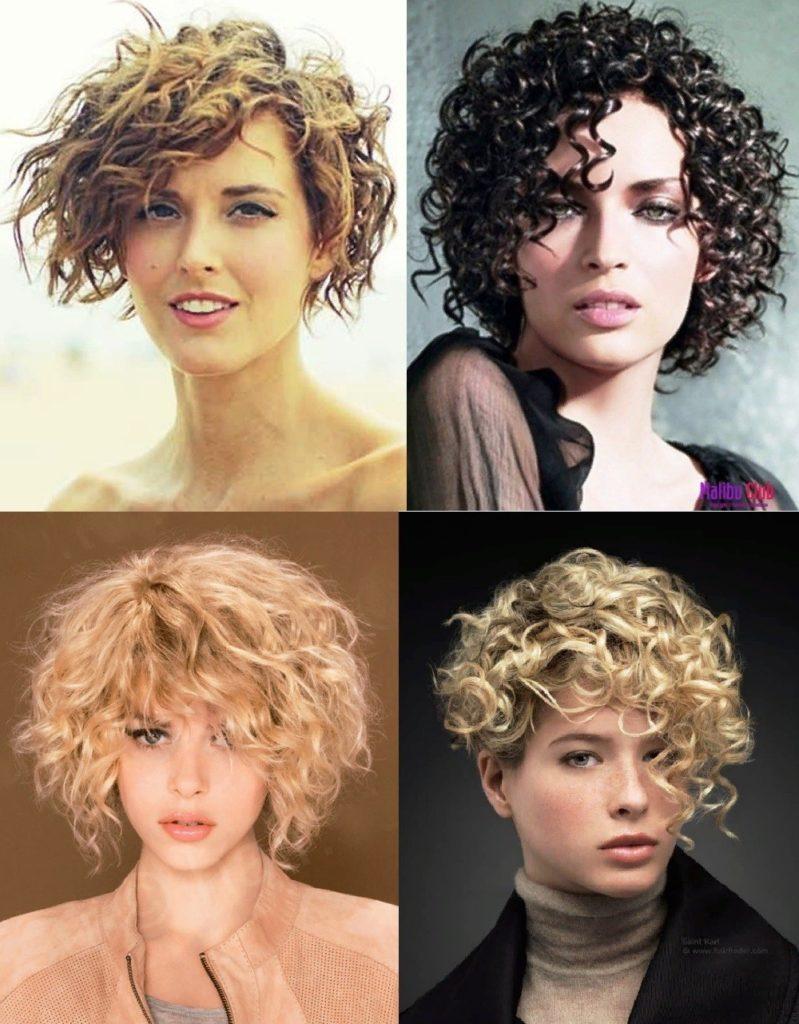
Biowave and chemistry difference
Biowave itself speaks about itself in its name, where the main emphasis is on the word BIO. Almost natural ingredients are used here, excluding the presence of ammonia, thioglycolic acid, which are present in the chemical version. These two substances had a terrible effect on the hair and, under the influence of temperature, caused even more harm.
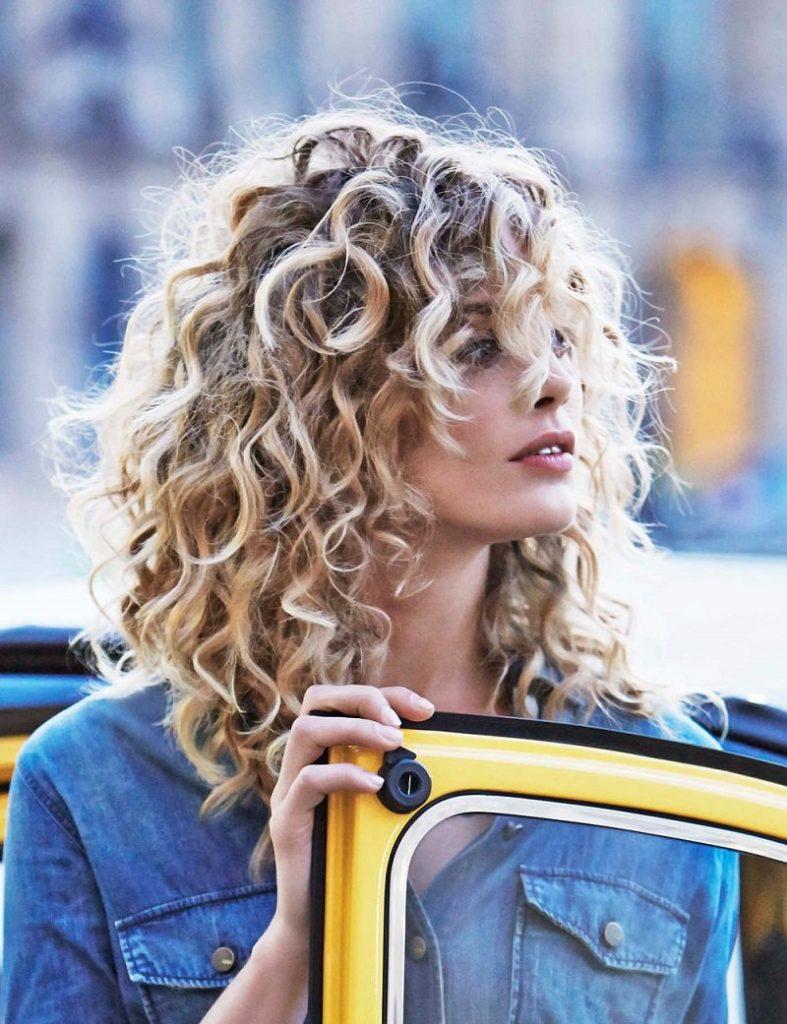

The main and active substance in the biowave procedure is cysteamine hydrochloride and organic protein. They influence the safe way of curling strands, which ultimately gives a beautiful shine of hair and tight curls.
Biowaving or carving, which is better?
Here it is worth starting from your personal desire, as well as from the type of hair. The fact is that carving focuses on creating volume, which thin or sparse hair is deprived of. In carving, active natural substances are used, as a result, making the procedure even more gentle, but there are several differences:

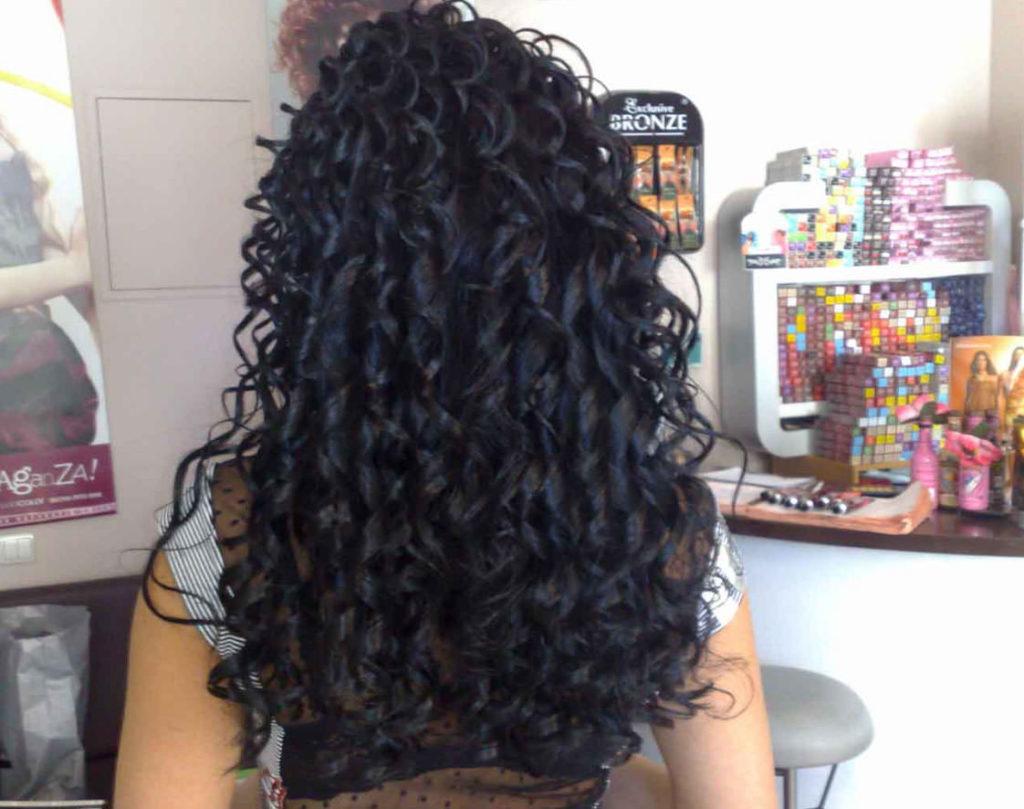
- Carving lasts less than biowave - within six months;
- Carving will not be able to give tight curls, like biowave;
- Carving cannot cope with thick, heavy and too coarse hair.
For short hair
Biowave is interesting because it is perfect for short hair. Of course, their length should be at least 10 cm so that the master has something to grab onto.This method radically changes the image and makes it more stylish, and sometimes catchy and daring. Especially if the hair is dyed bright.
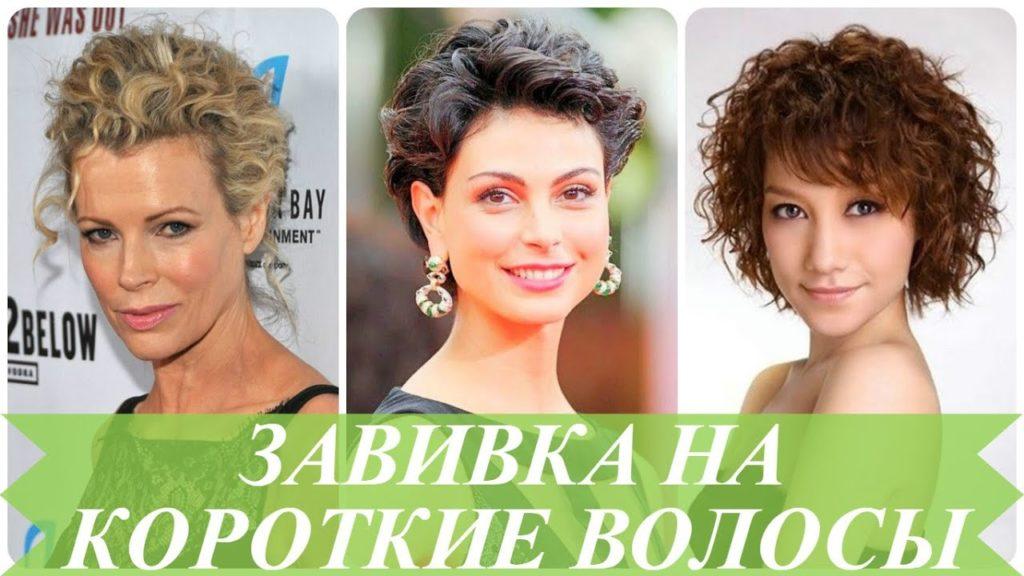
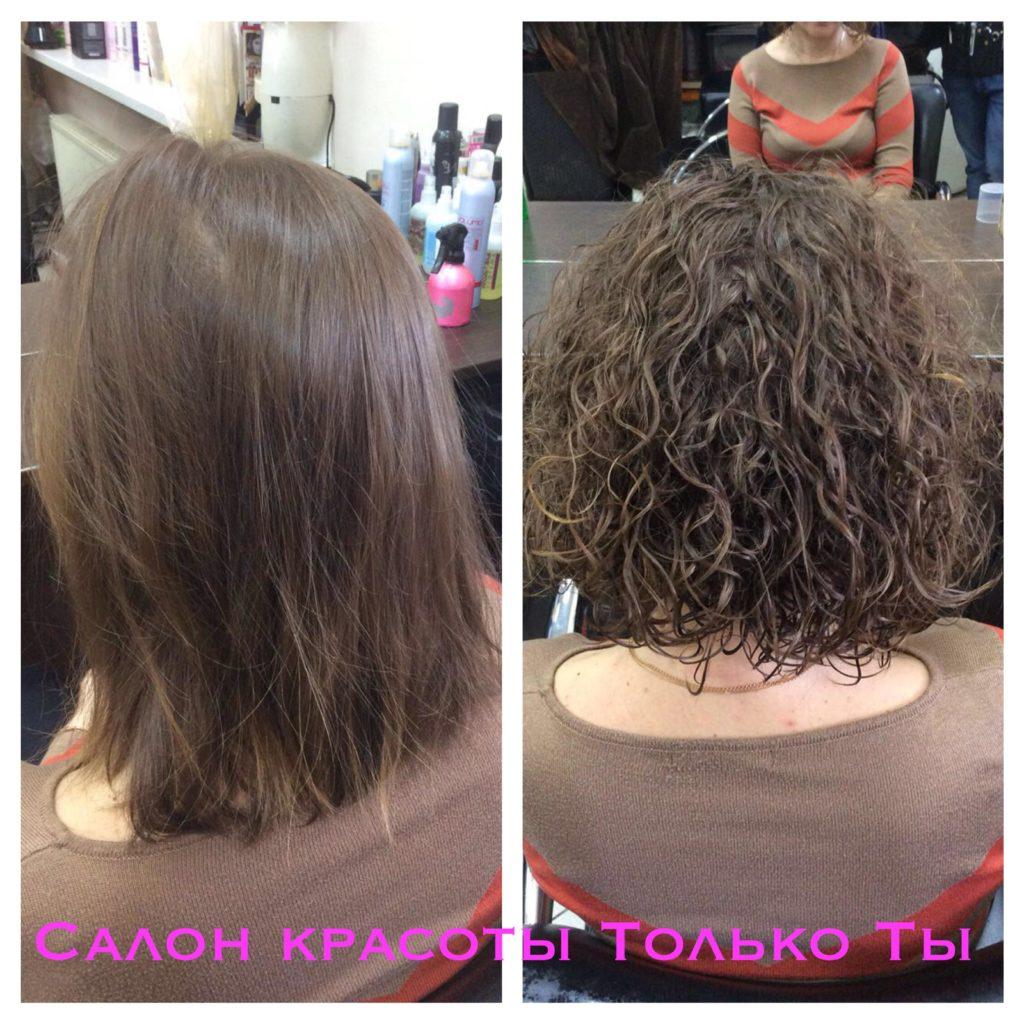
For medium hair
This is one of the most optimal hair lengths for the procedure. Thanks to its versatility, biowave will be able to add volume to hair and a certain neat texture that will look restrained, but incredibly feminine. If the hair is not too heavy and thick, then the biowave will be able to hold out on them for a year or more, where after a year it can turn into beach waves.


You can trim your hair slightly before the procedure. where the master will give them the necessary shape. It is not necessary to cut the length, but it should be understood that the biowave will raise the hair, which will visually show that it has become shorter.
Long hair
Biowaving for long hair will take a long time, but the result is definitely worth it. Long-haired women are presented with a choice where you can make small and tight curls, or choose a more feminine and soft option. In any of the methods of the procedure, the result will look luxurious. And most importantly, no harm will be done to long hair, as is the case with the chemical option.

Frequently asked questions
How to care
Hair should be washed at least two times to rinse your curls and scalp well. Here you should first moisten your hair well with warm water, and then pour a little shampoo into your palm and mix it with water. Lather and apply to wet hair. It is good to massage your hair, but without applying force, and then rinse with warm water. The procedure must be repeated. Shampoo should only be used on curly or frizzy hair.
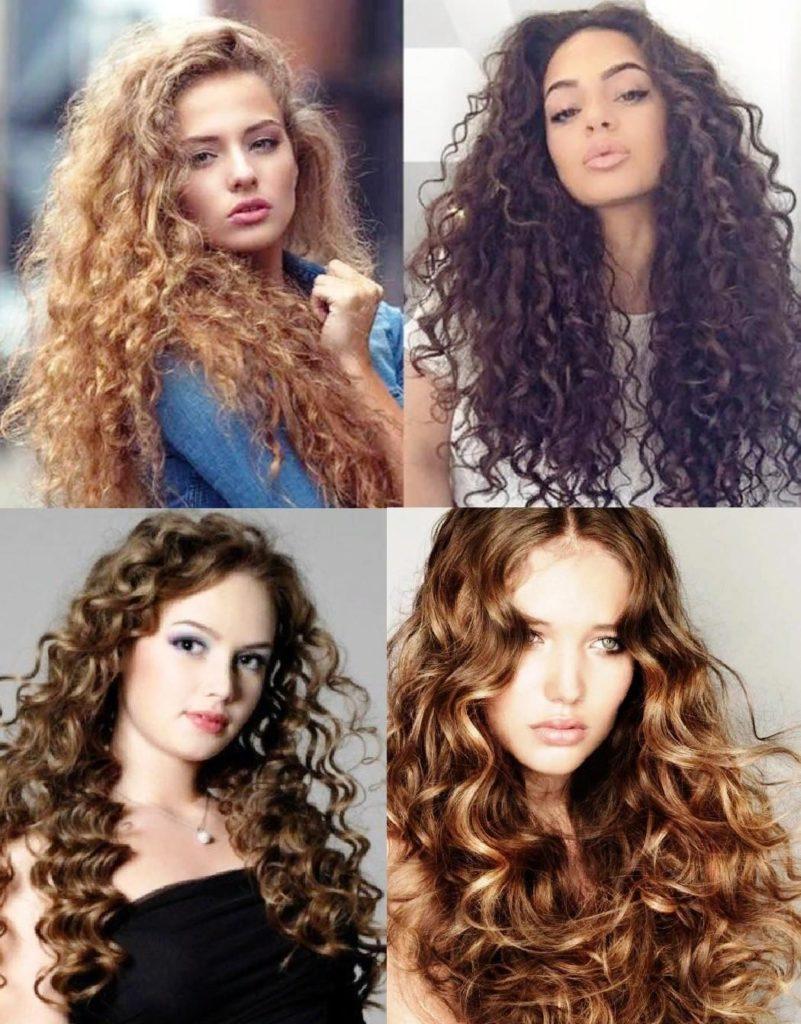

For your new curls, you will need a soft brush, preferably with natural bristles. You need to comb your hair very carefully, without pulling the curls. Before combing, you can spray them with a light combing agent.
How to stack


- Curly hair can be styled wet by applying hair gel to the strands, and after that foam or mousse. Massage your hair well, and then leave to dry. You don't need to use a hair dryer to avoid making them too fluffy.
- Styling with curlers is a very interesting option, despite the fact that the hair is already curled. Use whatever curler diameter you like for a stunning effect.
- You can apply a little fixative to damp hair and then blow dry with a hair dryer. This will provide them with increased accuracy, firmness and volume for the whole day.
How long does it last
Everything here is strictly individual. Of course, a certain segment can be traced, where biowave gives beautiful curls for the whole year. But more often this indicator lasts about 9 months, and in some (especially rare cases) biowave can straighten out in a week.

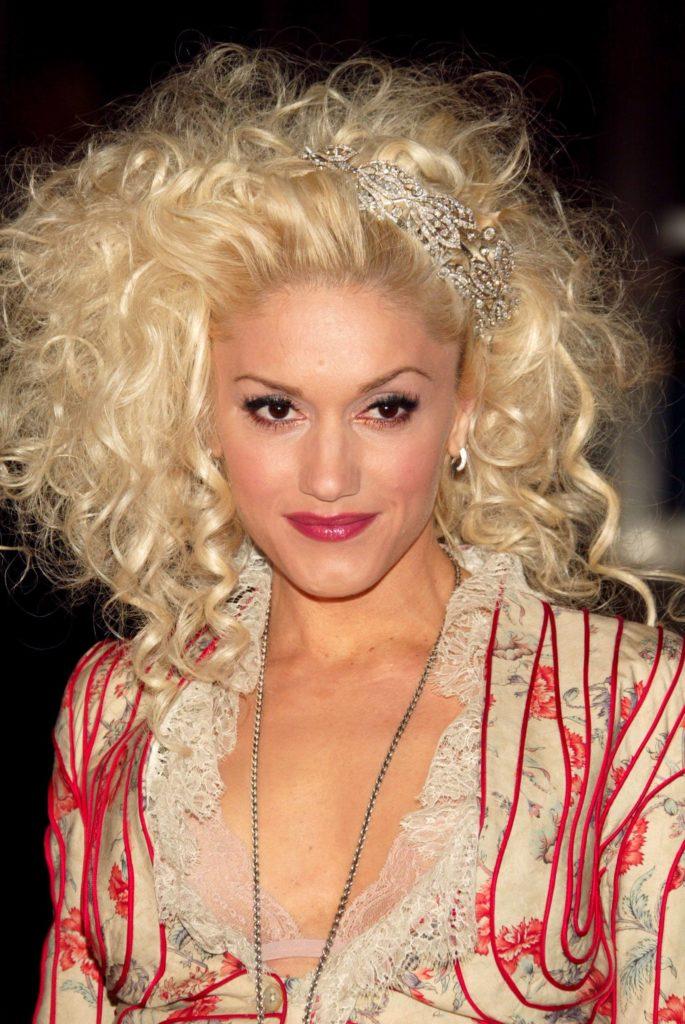
How often can you do
Masters advise to adhere to the rule of doing biowave 2 times a year, with proper care. This allows you to achieve a safer intervention in the hair structure, without applying it time. But here the master will in any case assess the condition of the hair, which will give him an understanding of whether the procedure is worth doing, or it is better to postpone it for several months or weeks.
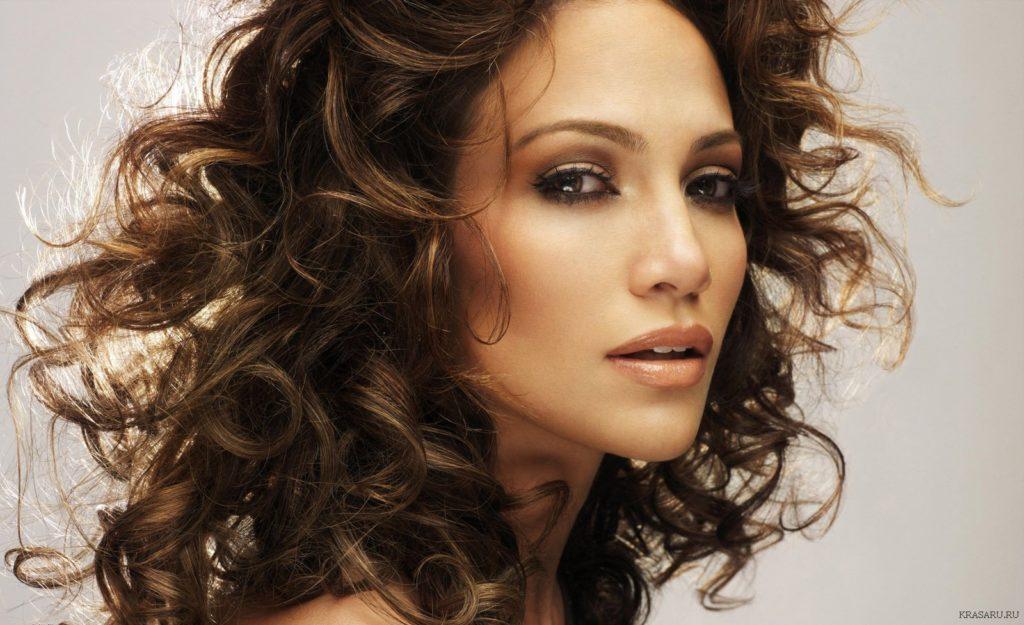
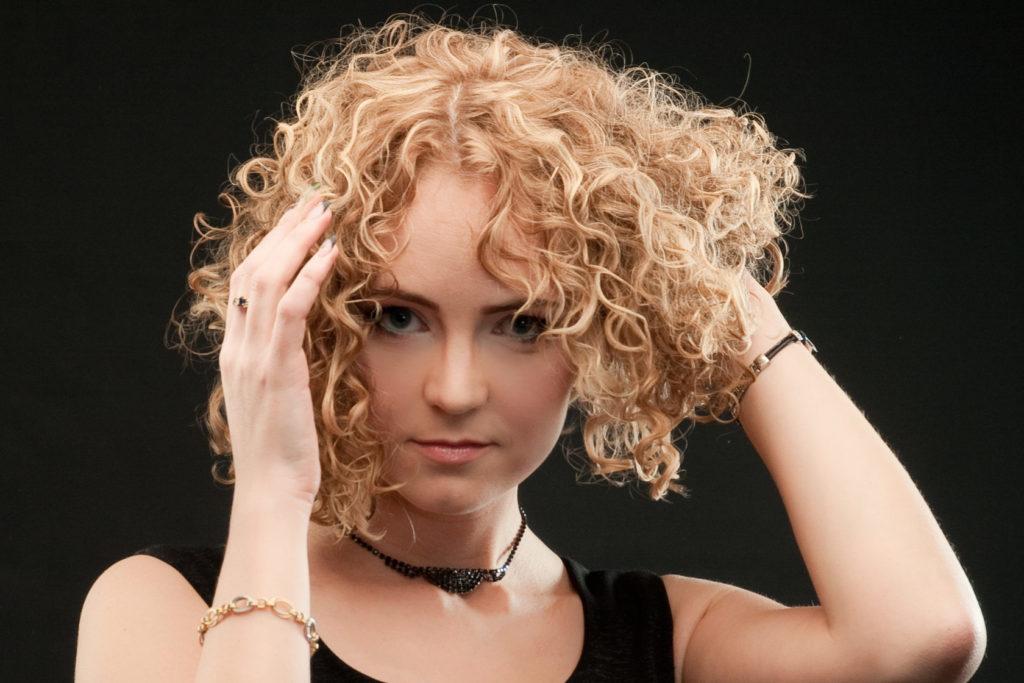
If the hair is not ready for the procedure, then the master can prescribe a therapeutic therapy to support the strands, and after that, appoint a biowave time.
How to remove
You can remove biowave using keratin straightening. This procedure is aimed at saturated hair structures with keratin, which seems to make the hair heavier and make it smoother, more even, add shine, remove fluffiness and electrification. Therefore, if you suddenly get tired of having curly hair, you can always fix it only by making another one.

When can I wash my hair
Masters advise against washing your hair for 2 days after the procedure.And after the expiration of the time, you cannot use a hairdryer with hot air blowing, hot irons, curling irons and curlers for a week. It is worth refusing to visit pools, saunas, ponds and not to use dry shampoo. If you strictly follow these rules, then biowave will take better and will be able to delight you longer.
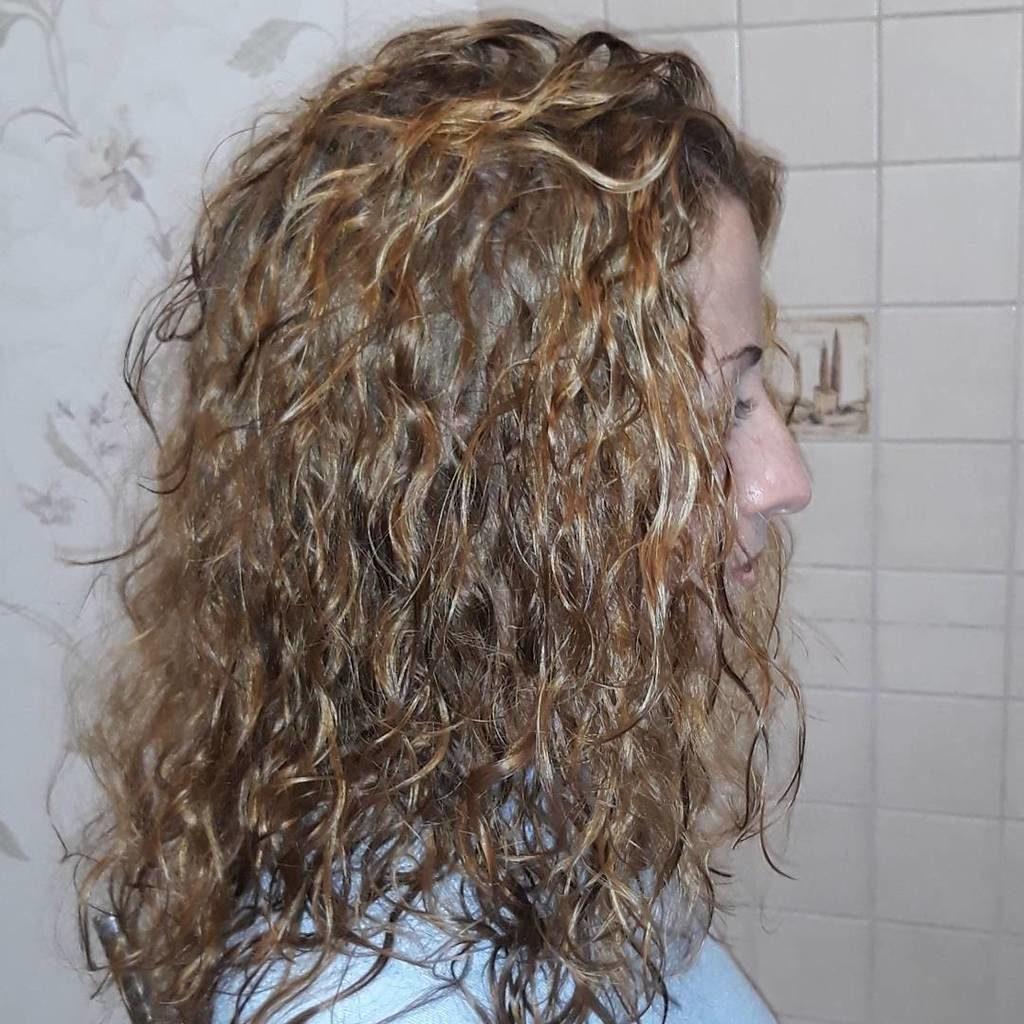
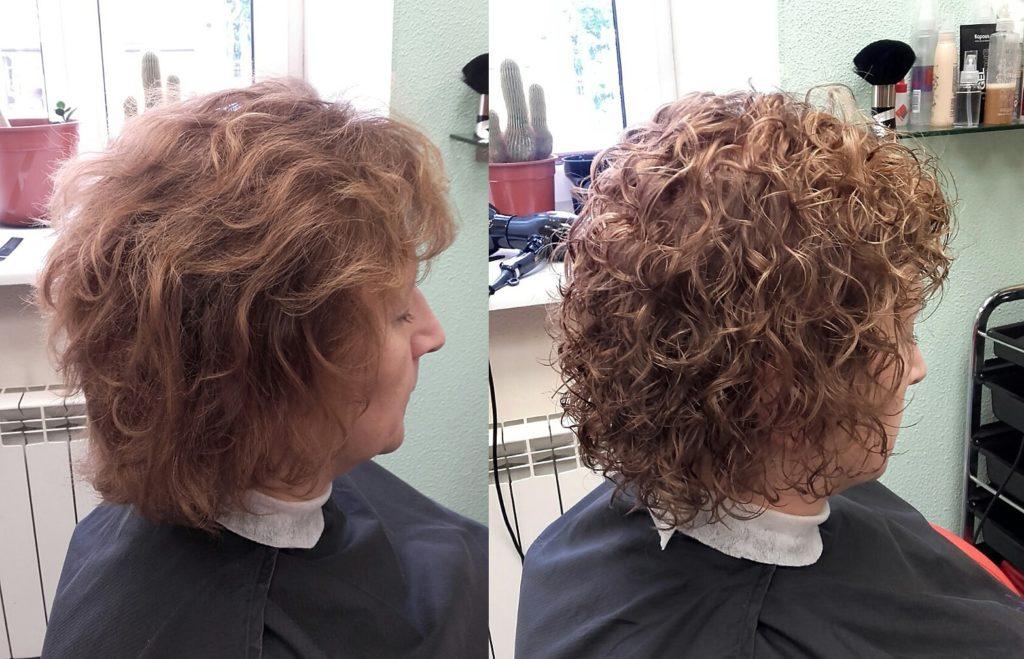
When can you dye your hair
It is forbidden. The fact is that during biowaving, special compounds are used that affect the hair structure, partially changing it. If staining is performed immediately after the procedure, then the staining may lie unevenly, give a strange shade or not stain at all. At the moment, a procedure for biowaving and subsequent coloring is proposed, which can be done together, but again, unfortunately, no one will give guarantees that a beautiful effect will be obtained.
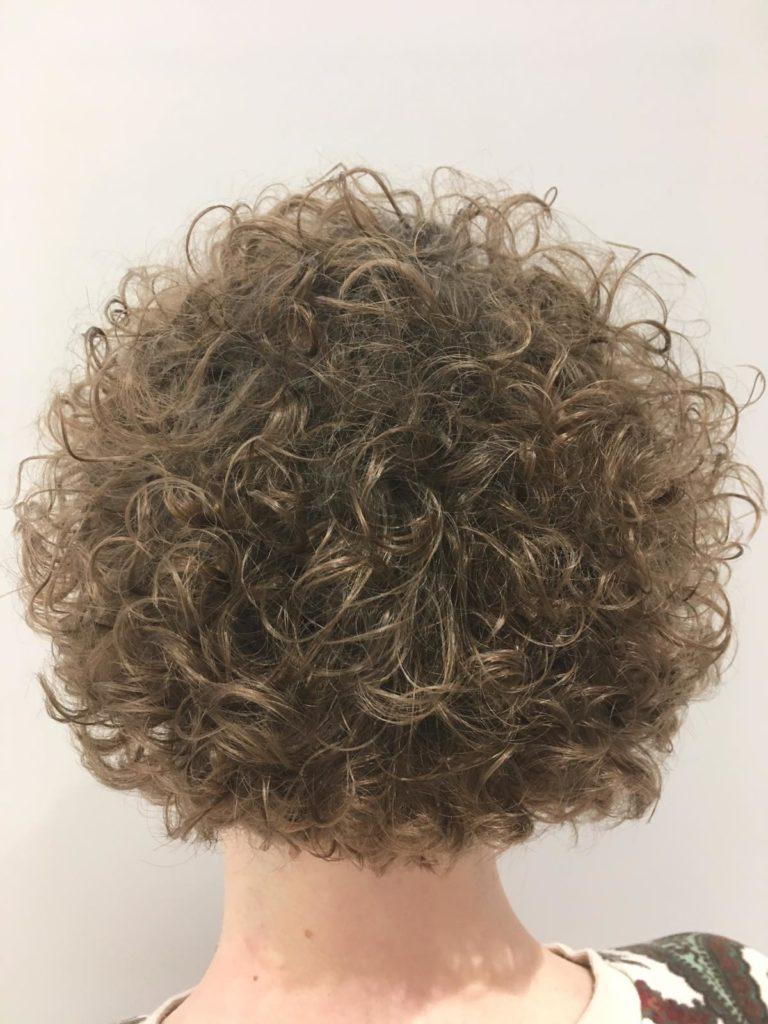
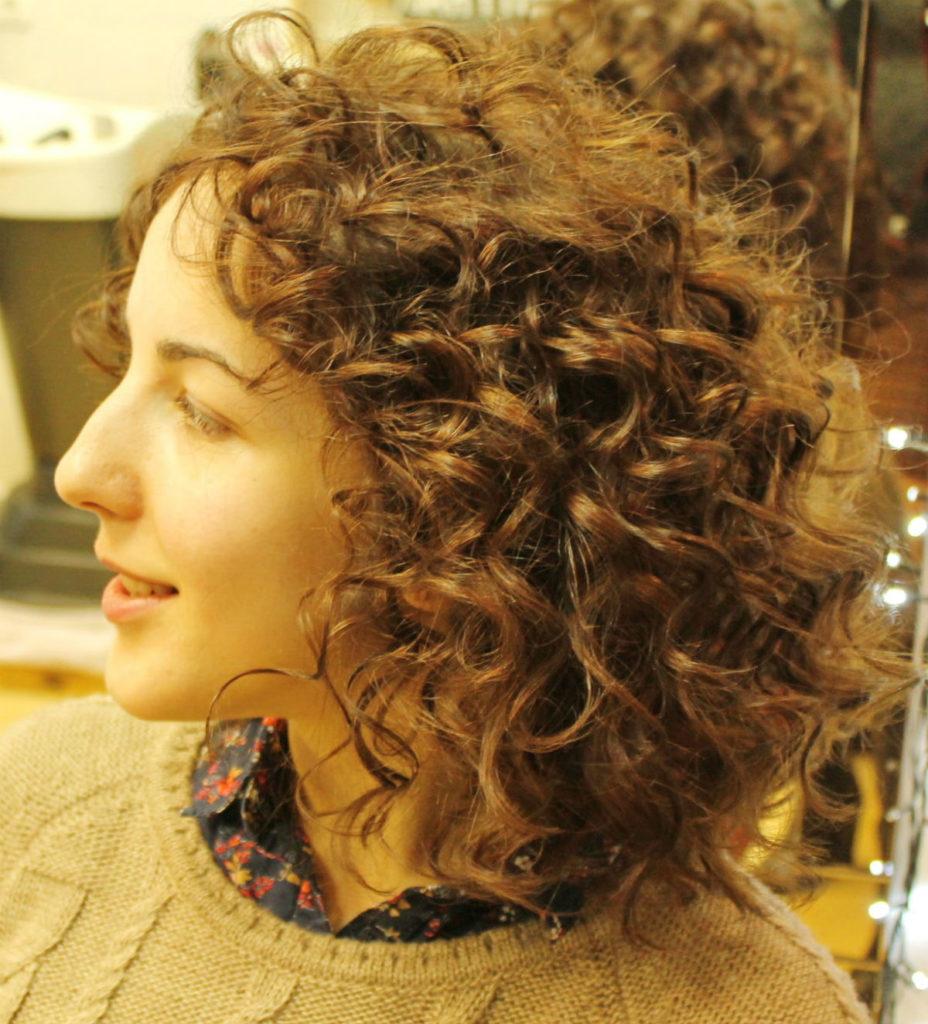
Experts advise to paint in 3-4 weeks after the biowave procedure. When the hair structure is completely formed under the influence, and then the product itself is washed out of the hair. Only in this case, the paint will have where to go into the hair and it will take evenly and brightly.
Why didn’t it take
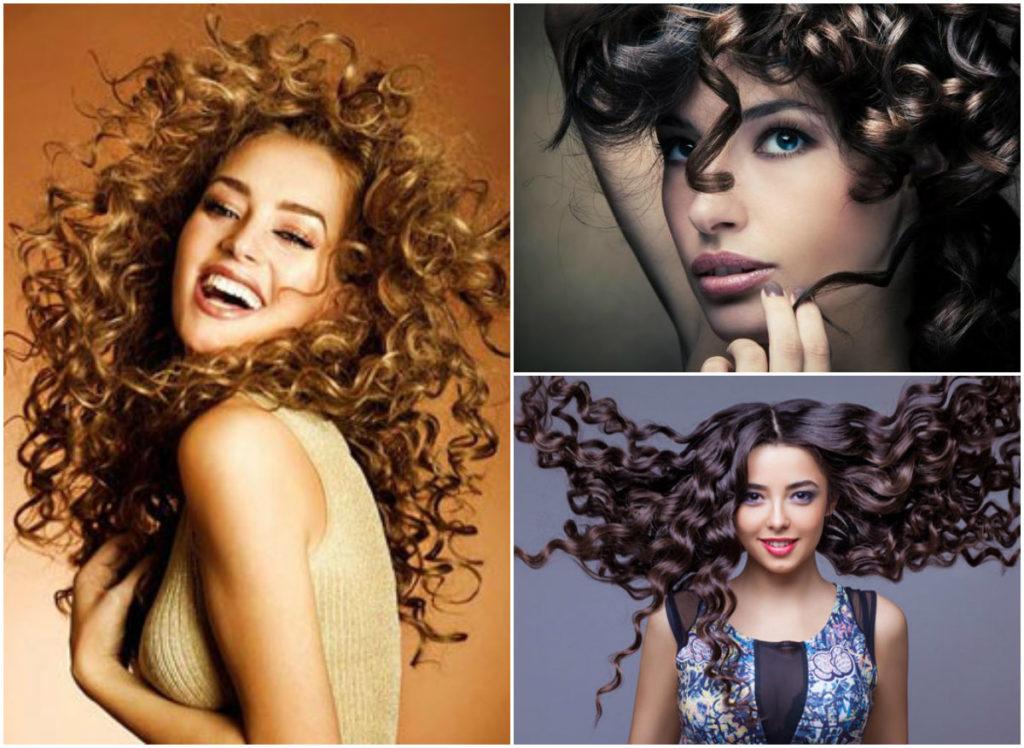
There are several reasons for the problem here:
- If you carried out staining the other day, and then went to the procedure;
- It happens that henna staining could give such an effect. If the staining was done less than a year ago;
- Hair that is too coarse, thick and heavy;
- Poor quality procedure and its components;
- Wrong procedure for the procedure;
- The conditions for hair care after the procedure are not met;
- Individual features of the hair.



